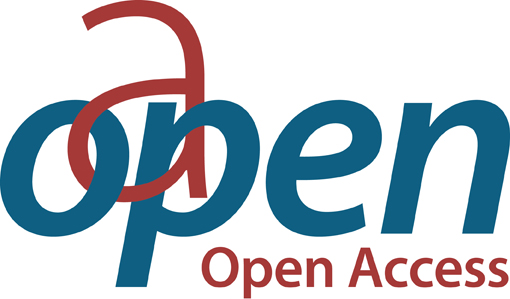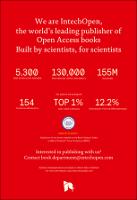Chapter Development of Sustainable High-Strength Self-Consolidating Concrete Utilising Fly Ash, Shale Ash and Microsilica
Author(s)
Ng, PL
Kwan, Akh
Ng, Iyt
Rudzionis, Z
Language
EnglishAbstract
With high flowability and passing ability, self-consolidating concrete (SCC) does not require compaction during casting and can improve constructability. The favourable properties of SCC have enabled its widespread adoption in many parts of the world. However, there are two major issues associated with the SCC mixes commonly used in practice. First, the cement content is usually at the high side. Since the production of cement involves calcination at high temperature and is an energy-intensive process, the high cement content imparts high embodied energy and carbon footprint to the SCC mixes. Besides, the exothermic reaction of cement hydration would cause high heat generation and early thermal cracking problem that would impair structural integrity and necessitate repair. Second, the strength is usually limited to around grade 60, which is considered as medium strength in nowadays achievable norm. With a view to develop sustainable high-strength self-consolidating concrete (HS-SCC), experimental research utilising fly ash (FA), shale ash (SA), and microsilica (MS) in the production of SCC has been conducted, as reported herein.
Keywords
embodied carbon, embodied energy, fly ash, high-strength self-consolidating concrete, microsilica, shale ash, supplementary binder materials, sustainabilityDOI
10.5772/intechopen.75508Publisher
InTechOpenPublisher website
https://www.intechopen.com/Publication date and place
2018Classification
Building construction and materials


 Download
Download